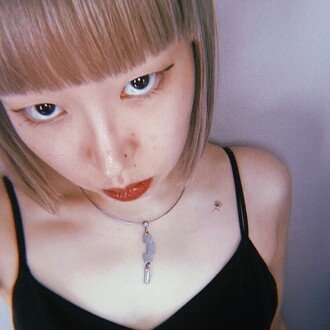
Dig Japan vol.21 “Dorayaki (どら焼き)”
Dig Japan is a series in which I research and introduce in English topics related to traditional Japanese culture that interest me. In this article, I will introduce dorayaki.
Dorayaki is wagashi usually made by sandwiching azuki bean paste between two pieces of slightly puffed castella-like dough. It is also known as the favorite food of the cat-shaped robot “Doraemon,” the main character of Fujiko F. Fujio's manga and anime. In Toyama Prefecture, where the comic artist is from, it is customary to give dorayaki on celebrations and Buddhist memorial services.

Generally, the basic ingredient of dorayaki is called “sandowari,” a general term for a mixture of equal amounts of flour, eggs, and sugar. However, honey or mirin (sweet seasoning) is often added to give it a moist texture and flavor, and it can also be made with a variety of other ingredients, such as brown sugar, matcha, salt, sake, soy sauce, and koji (malted rice).
The most popular theory about the name dorayaki is that it was given because its shape resembles dora (a gong). There are various other theories, and it is difficult to determine which one is correct at this point, but most of them seem to be related to dora. In the Kinki region, dorayaki is also called “Mikasa” or “Mikasa-yaki” because its appearance resembles Mt. Mikasa in Nara Prefecture.

Modern dorayaki is generally made by sandwiching azuki bean paste between two disk-shaped pieces of dough, and is said to have originated from the “Amigasa-yaki” sold at Usagiya in Ueno, Tokyo. The dough of modern dorayaki is strongly influenced by pancakes introduced from the West, and is very different from the dough from before the Edo period.
Dorayaki in the Edo period was made by folding a single piece of dough from one end, so it was square in shape with the bean paste exposed in the center of one side, very similar to modern kintsuba. For this reason, modern dorayaki was often confused with pancakes until around the 1940s.
Nowadays, the fillings and shapes of dorayaki vary widely depending on the region and shop. For instance, there are dorayaki filled with candied chestnuts, mochi, fruit, etc., and the pudding-filled “Purindora” is a specialty of Yufuin, Oita Prefecture. In Toyama Prefecture, there is a triangular dorayaki called “sankaku dorayaki,” which is made by cutting a thin rectangular dorayaki diagonally into a triangle.
This article was written by 𝐡𝐢𝐫𝐨𝐤𝐨, working as a freelance translator and PR for overseas apparel brands in Japan, with the aim of broadening her own knowledge of traditional Japanese culture and spreading it to the world.
いいなと思ったら応援しよう!

